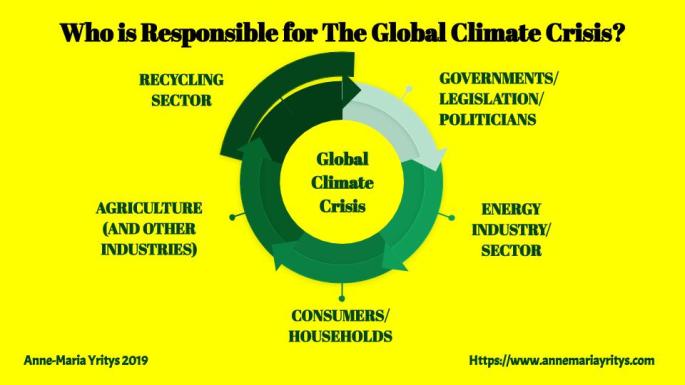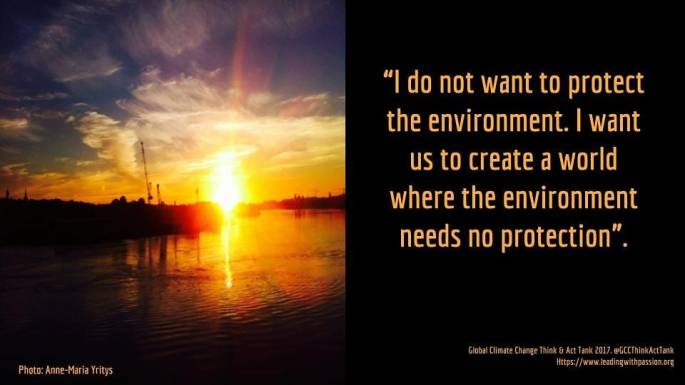Have you ever considered why, in 2019, around 13% of the world population lacks access to electricity? With today’s global population of approximately 7,6 billion this signifies that almost one billion human beings currently live without access to electricity. Majority of these people live in Sub-Saharan Africa, and several hundred million people for instance in India still lack access to electricity. This in a world that could theoretically be completely powered through renewable sources of energy, such as solar power. Regardless of the high amount of world population that currently lacks access to electricity, significant progress has been made within the past few years alone.
Perhaps it is not only a coincidence that population with no access to electricity live in warm, tropical climates. In colder climates, life and survival without access to energy, electricity, heat and power would make life much more challenging. However, if we go back in recent history, it has not been very long that our own ancestors and relatives lived without electricity and heating, even in cold climates. For instance my father, who was born in 1946, spent his childhood living in a home in Finnish Lapland (north of the Arctic Circle) without electricity. Less than a century ago – to be precise, soon 74 years. Since I am writing this article near father ́s day, which is always being celebrated on the 2nd Sunday in November in Finland, I would like to take the opportunity to wish my father and all other fathers a happy father’s day!
Today, it is hard to imagine a life in Finland without electricity and heating. Perhaps the harsh life conditions have shaped our ancestors and older generations and given them the resilience that many people seem to lack today. Many people today are really spoiled. The thought about survival without electricity and heating in an Arctic country like Finland appears quite distant, or even impossible. Post World War II, Finland was a poor country, recovering and building a modern welfare society which today is one of the leading countries worldwide in terms of democracy, education, healthcare, equality, human rights, and freedom of speech – a welfare nation. Modernization of a society, including providing people access to electricity is a transformation that can take place rapidly, especially with renewable options such as solar energy that has become the cheapest source of energy in many countries.
Of all energy sources, solar PV has the fourth lowest amount of greenhouse gas emissions according to the IPCC and IHA: 48 gCO2 equivalent per kWh. That is more than 10 times less than the equivalent from natural gas, and more than 17 times less than the equivalent from coal as a source of energy. According to the World Energy Council, government policies (and legislation) have had an impact on the world ́s most mature solar energy markets Australia, Europe, and the United States. However, costs for solar power are falling rapidly. The REN21 forecasts in its Renewables Global Futures Report that by 2050, the whole world could be 100% powered through renewable sources of energy, including solar power. Global installed capacity for solar-powered electricity has grown rapidly from basically zero GW in 2005 to more than 480 GW of installed capacity today, with a market increase of almost 50% in 2016 alone. Currently, solar PV provides the Earth with around four per cent (4%) of total electricity, with a capacity of more than 480 GW by the end of 2018 (one gigawatt equals one billion (1,000,000,000,000) watts).
With most renewable energy being installed in developing countries, primarily in China, the whole renewable energy sector today employs at least 9.8 million people. The vast majority, 62%, of these jobs are in the biofuels and solar sectors, and mainly in Asia. In 2018, all renewable energy sources combined provided an estimated 29% of total global electricity. According to the IEA and IRENA, by 2023 renewables combined (renewables refer to hydropower, solar, wind, biomass, marine and geothermal energy, EXCLUDING nuclear energy!), are expected to supply 12.4% of overall worldwide energy demand.
The leading countries in terms of total solar PV capacity in 2016 were China, Japan, Germany, United States, and Italy. Policy makers in almost all countries worldwide now support renewable energy development, with COP22 leaders from 48 developing countries dedicated to achieving 100% renewable energy in their nations. In terms of solar PV capacity additions in 2016, China led the world market with a 46% share, followed by the United States (20%), Japan (11.5%), India (5.5%), United Kingdom (2.7%), Germany (2.0%), Republic of Korea (1.1%), Australia (1.1%), Philippines (1.0%), Chile (1.0%), and the rest of the world combined (8%). Reasons for deployment of solar power in countries worldwide vary from lack of fossil fuel resources, energy policies targeting to diversify a country’s energy portfolio, efforts to reduce greenhouse gas emissions and efforts to meet the targets of the Paris Agreement. (REN21 2017).
Although oil and gas prices have been in decline, investments from a number of stakeholders, including corporations and financial institutions along with fossil fuel producers and oil exporting countries within the renewable and solar power sector continue to grow. Solar power is even being utilized for oil production. According to the World Energy Council and the IEA, in 2015, total investment in the energy sector worldwide was USD 1.8 trillion, USD 161 billion of which was invested in solar power alone.
Today, consumers in many countries have the opportunity to participate in their own solar energy production by buying or renting solar panels. Personally, I have rented a solar panel at the rooftop of the Helsinki Expo and Convention Center, with my name on it. The solar energy produced with this one solar panel will be reduced from my upcoming electricity invoices. As a matter of fact, my personal household energy consumption is now covered 100% through renewable sources: hydropower, solar energy, and wind energy. It is expected that a legislative renewal within the energy market sector in Finland will see renewable energy prices fall in the near future. Until then, I am even willing to pay a bit extra for my energy consumption, as long as it has a positive impact on the environment through causing less pollution. I can save the same amount of money through smarter consumption choices.
Learn more about the topic by watching Bloomberg ́s video “The Way We Get Power Is About to Change Forever”:
What are your thoughts about the rapid developments within the local/worldwide energy market? How about solar energy? I would be pleased to read your comments/thoughts and learn about your experiences.
You may want to read one of my previous articles: What Makes Wind Energy The Fastest Growing Renewable Source of Electricity Worldwide?
Connect with me on Twitter @annemariayritys. For climate/environment-related posts only @GCCThinkActTank. Subscribe to Yritys Executive Services to receive my latest posts.








You must be logged in to post a comment.